Richard Hollis at Gallery Libby Sellers, London
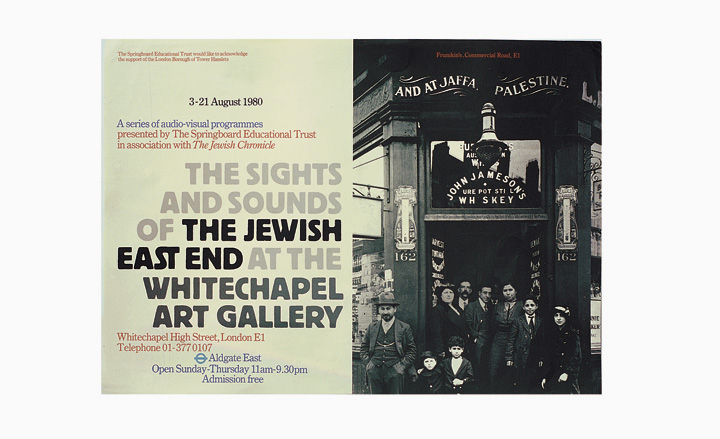
Graphic designer Richard Hollis's seminal book 'Graphic Design: a concise history' was hugely influential when it was published back in 1994. The fact that it is still an essential point of reference for students, designers and historians today is proof of its staying power. The 78-year-old London-born Hollis, who is described by exhibition curator Emily King as 'the graphic designer's graphic designer' masterfully integrates text and pictures in his work to succintly shape thought. But, despite his significant graphic design career, not much is known about him outside the industry.
Shedding a bit more light on the professional life of the man who has always preferred to downplay his achievements is an exhibition at Gallery Libby Sellers. Spanning four decades, starting from the 1950s, the retrospective presents 200 items drawn from Hollis's archive.
Skillfully designed by London-based architect Simon Jones, the show draws on everything from Hollis's travels in the 1950s and 1960s, and his part in founding a new School of Design at University of the West of England in Bristol in 1964, to his design involvement in radical British politics - namely his collaboration with New Society magazine - in the 1960s and 1970s.
Lauded for not only for his writings but for his work with artists such as Bridget Riley and Steve McQueen, Hollis's mantra of creating 'intelligent graphic design' is particularly exemplified in his book design for art critic John Berger's BBC TV series 'Ways of Seeing'. Hollis introduced a revolutionary (if at the time controversial) method for combining word and image in a way that was responsive to the text. Noteworthy too, was his two-decade involvement with the Whitechapel Gallery, begun in the late 1960s, for which he produced countless memorable posters, flyers and catalogues.
Gallery Libby Sellers's offering hones in on the extent of Hollis's influence by presenting a holistic view of his work, which also touches on the personal collages he made in the 1950s and the recent graphic framework he developed for Steve McQueen's 'For Queen and Country'.

The current exhibition at Gallery Libby Sellers showcases graphic designer Richard Hollis's professional life. Spanning four decades from the 1950s, the retrospective presents over 200 pieces drawn from Hollis's archive. Photography: Ed Reeve
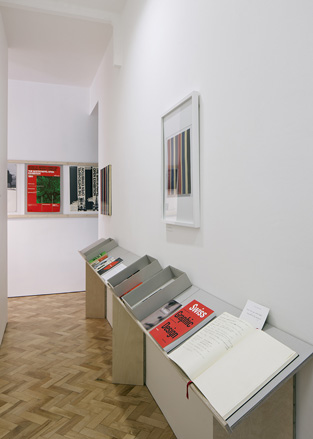
Hollis is known for the masterful way he integrates text and pictures in his work to succintly shape thought. Photography: Ed Reeve

Book design by Richard Hollis for 'The Stagnant Society' by Michael Shanks, published by Penguin Books, London, 1961. Courtesy: Richard Hollis
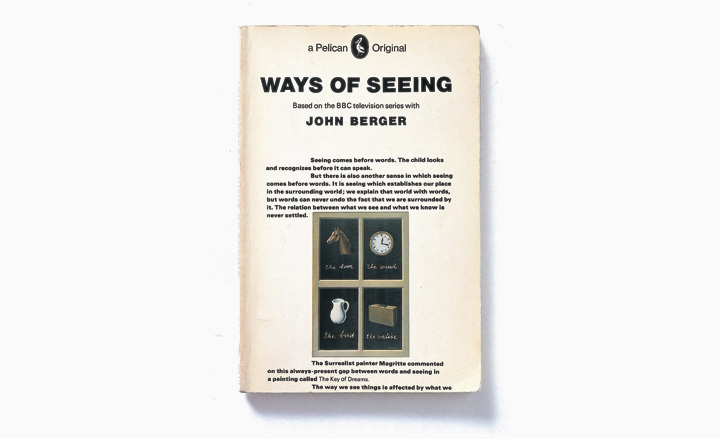
Book design by Richard Hollis for 'Ways of Seeing' by John Berger, published by BBC and Penguin Books, London, 1972. Courtesy: Richard Hollis
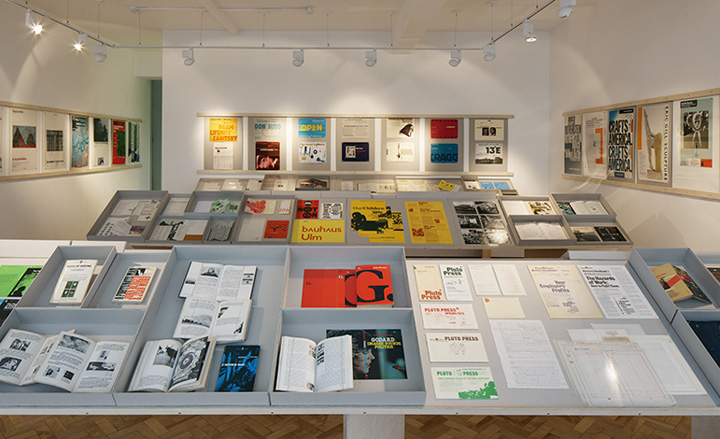
The exhibition, skillfully designed by London-based architect Simon Jones, draws on everything from Hollis's travels and his part in founding a new art school in Bristol in 1964, to his involvement in radical British politics. Photography: Ed Reeve
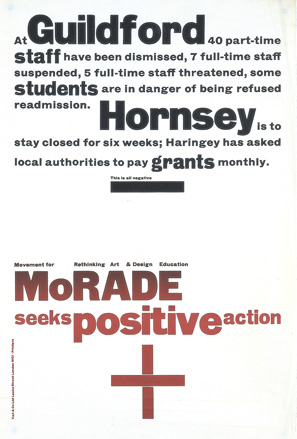
'Movement for Rethinking Art and Design', designed by Richard Hollis, 1968. Courtesy: Richard Hollis
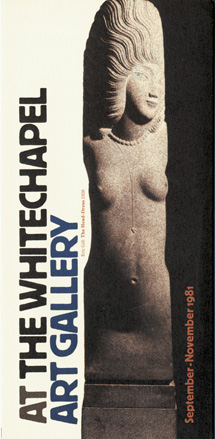
'At The Whitechapel Art Gallery' newssheet, designed by Richard Hollis, 1981
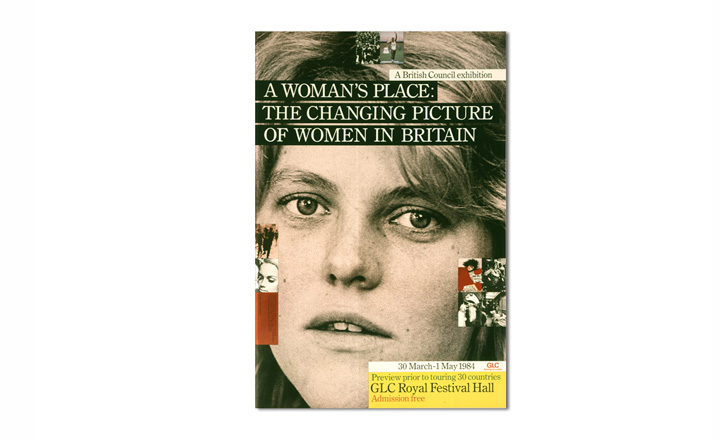
'A Woman's Place: The Changing Picture of Women in Britain', a British Council exhibition, London, designed by Richard Hollis, 1984

Limited edition photographic print, 'Serial Painting 31323 x 2', by Richard Hollis, 2012 (original painting 1959-1961). Photography: Ed Park
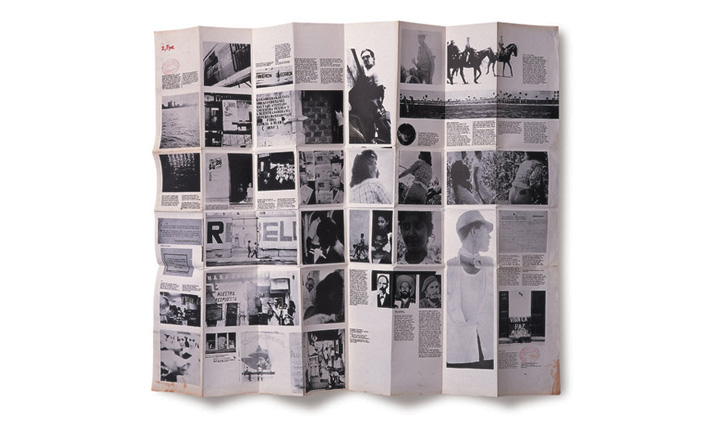
'I, Eye' by Richard Hollis, 1962

'Mario Merz' at the Whitechapel Art Gallery, London, designed by Richard Hollis
ADDRESS
41-42 Berners Street
London W1T 3NB
Receive our daily digest of inspiration, escapism and design stories from around the world direct to your inbox.
-
 A tale of two Audis: the A5 saloon goes up against the A6 Avant e-tron
A tale of two Audis: the A5 saloon goes up against the A6 Avant e-tronIs the sun setting on Audi’s ICE era, or does the company’s e-tron technology still need to improve?
-
 Inside Christian de Portzamparc’s showstopping House of Dior Beijing: ‘sculptural, structural, alive’
Inside Christian de Portzamparc’s showstopping House of Dior Beijing: ‘sculptural, structural, alive’Daven Wu travels to Beijing to discover Dior’s dramatic new store, a vast temple to fashion that translates haute couture into architectural form
-
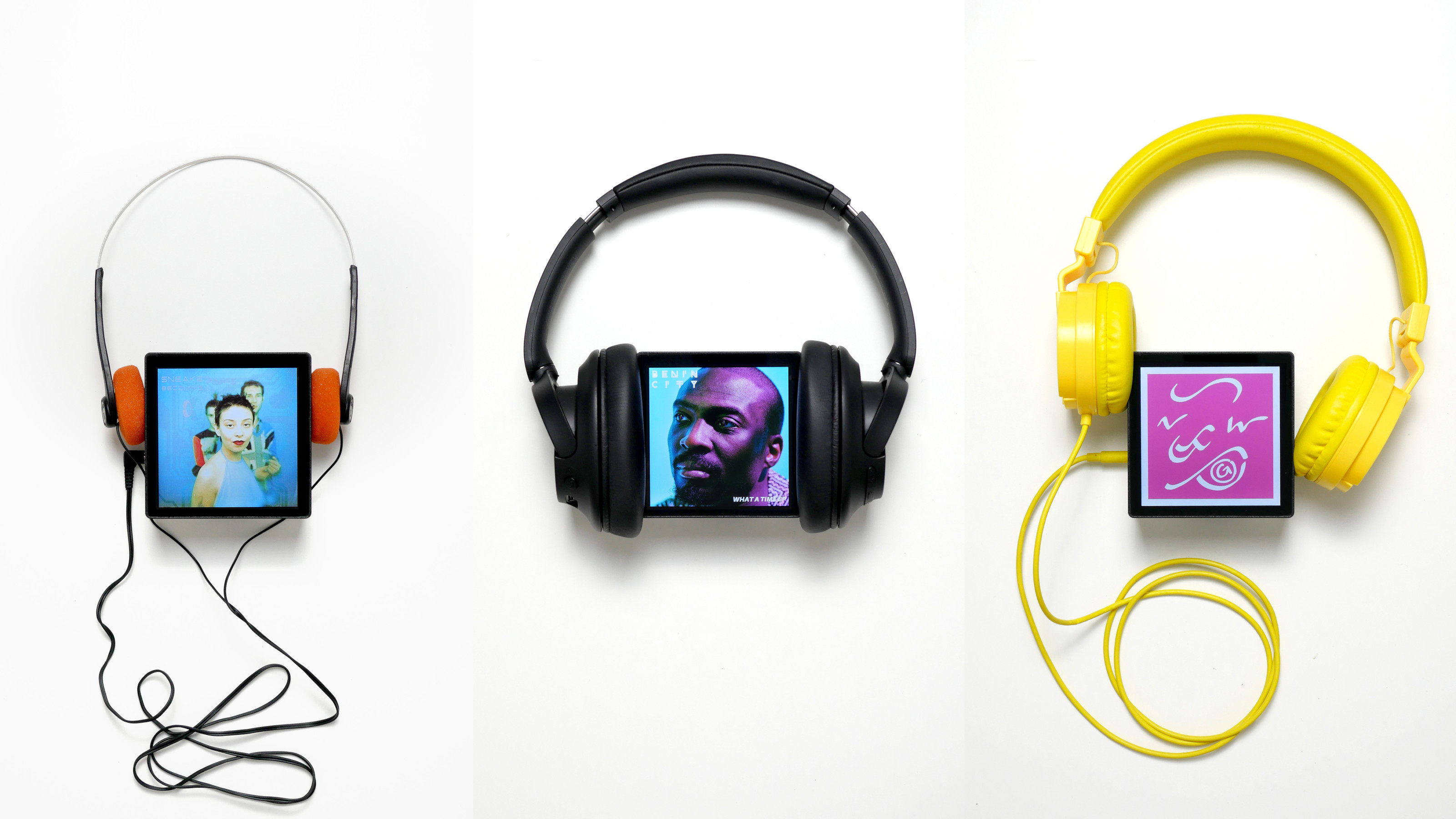 A music player for the mindful, Sleevenote shuns streaming in favour of focused listening
A music player for the mindful, Sleevenote shuns streaming in favour of focused listeningDevised by musician Tom Vek, Sleevenote is a new music player that places artist intent and the lost art of record collecting at the forefront of the experience
-
 Riccardo Dalisi’s first UK retrospective opens at east London gallery Spazio Leone
Riccardo Dalisi’s first UK retrospective opens at east London gallery Spazio LeoneSpazio Leone draws together six decades of the Italian visionary’s work, from whimsical coffee pots to radical community workshops
-
 Inside the fight to keep an iconic Barbara Hepworth sculpture in the UK
Inside the fight to keep an iconic Barbara Hepworth sculpture in the UK‘Sculpture with Colour’ captures a pivotal moment in Hepworth’s career. When it was sold to an overseas buyer, UK institutions launched a campaign to keep it in the country
-
 Thirty-five years after its creation, Lynn Hershman Leeson’s seminal video is as poignant as ever
Thirty-five years after its creation, Lynn Hershman Leeson’s seminal video is as poignant as everLynn Hershman Leeson’s 'Desire Inc', at 243 Luz in Margate, blurs the boundaries between art and reality
-
 A bespoke 40m mixed-media dragon is the centrepiece of Glastonbury’s new chill-out area
A bespoke 40m mixed-media dragon is the centrepiece of Glastonbury’s new chill-out areaNew for 2025 is Dragon's Tail – a space to offer some calm within Glastonbury’s late-night area with artwork by Edgar Phillips at its heart
-
 Lubaina Himid and Magda Stawarska’s new show at Kettle’s Yard will uncover the missing narratives in everyday life stories
Lubaina Himid and Magda Stawarska’s new show at Kettle’s Yard will uncover the missing narratives in everyday life storiesThe artists and partners in life are collaborating on an immersive takeover of Kettle’s Yard, Cambridge, in an exhibition that delves into a lost literary legacy
-
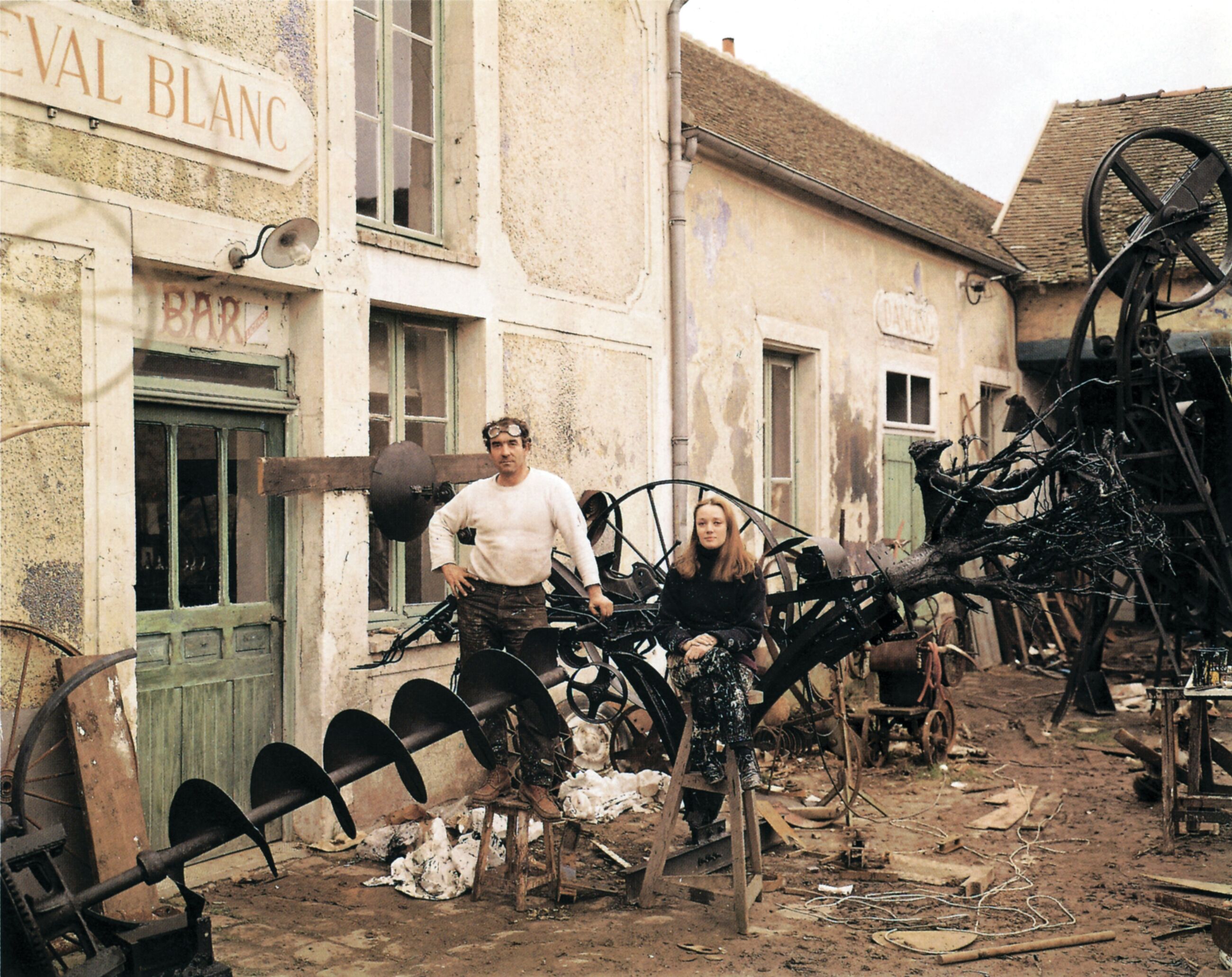 See the fruits of Niki de Saint Phalle and Jean Tinguely's creative and romantic union at Hauser & Wirth Somerset
See the fruits of Niki de Saint Phalle and Jean Tinguely's creative and romantic union at Hauser & Wirth SomersetAn intimate exhibition at Hauser & Wirth Somerset explores three decades of a creative partnership
-
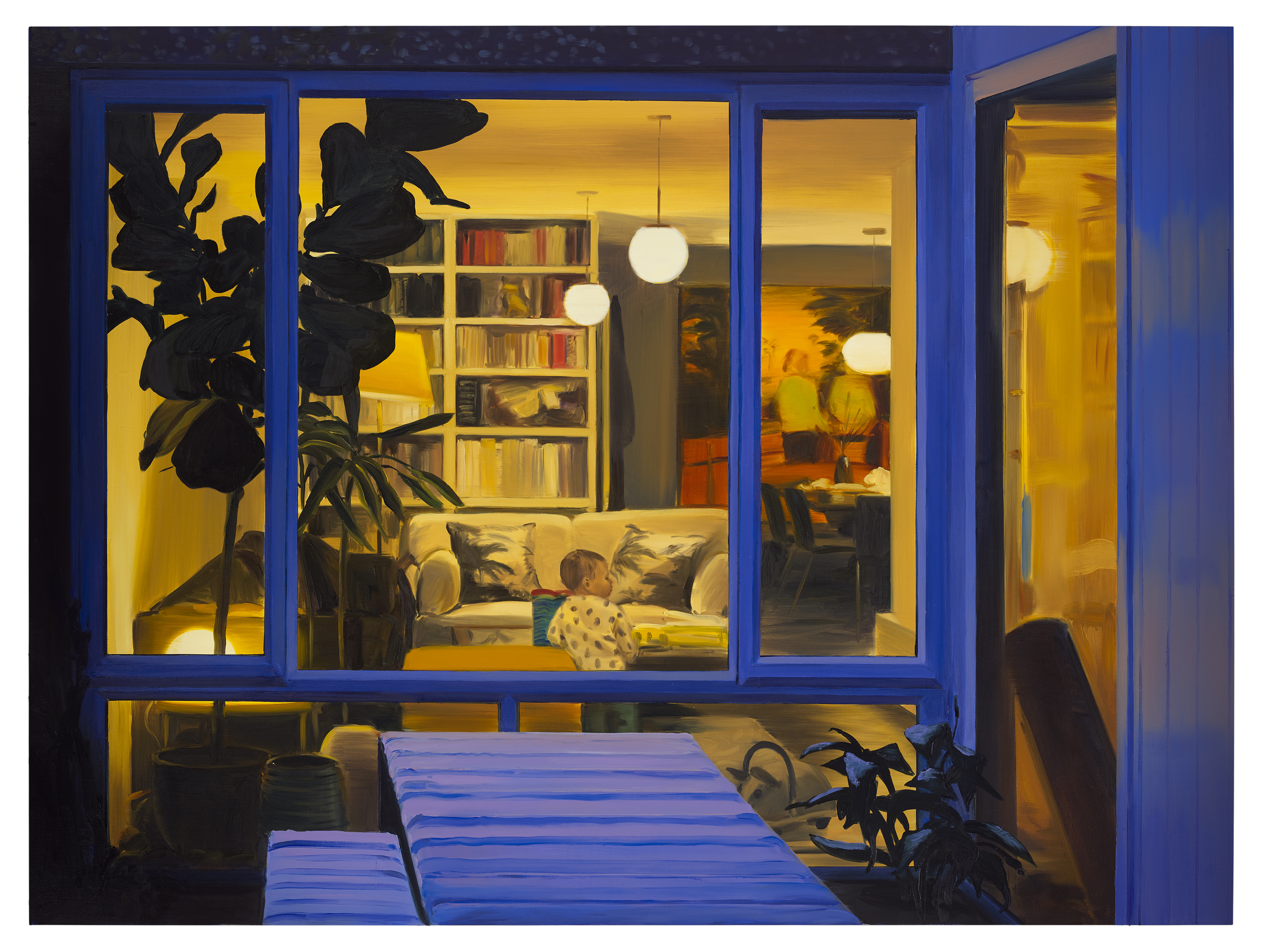 Caroline Walker's new show speaks to women everywhere, including me
Caroline Walker's new show speaks to women everywhere, including me'Everything related to my life with young children, because it's such an all encompassing experience,' the artist says of her new show at the Hepworth Wakefield
-
 Cassi Namoda is rethinking stained-glass windows at Turner Contemporary in Margate
Cassi Namoda is rethinking stained-glass windows at Turner Contemporary in MargateThe artist drew from an eclectic range of references when considering the traditional medium for a Turner Contemporary window overlooking the beach – she tells us more